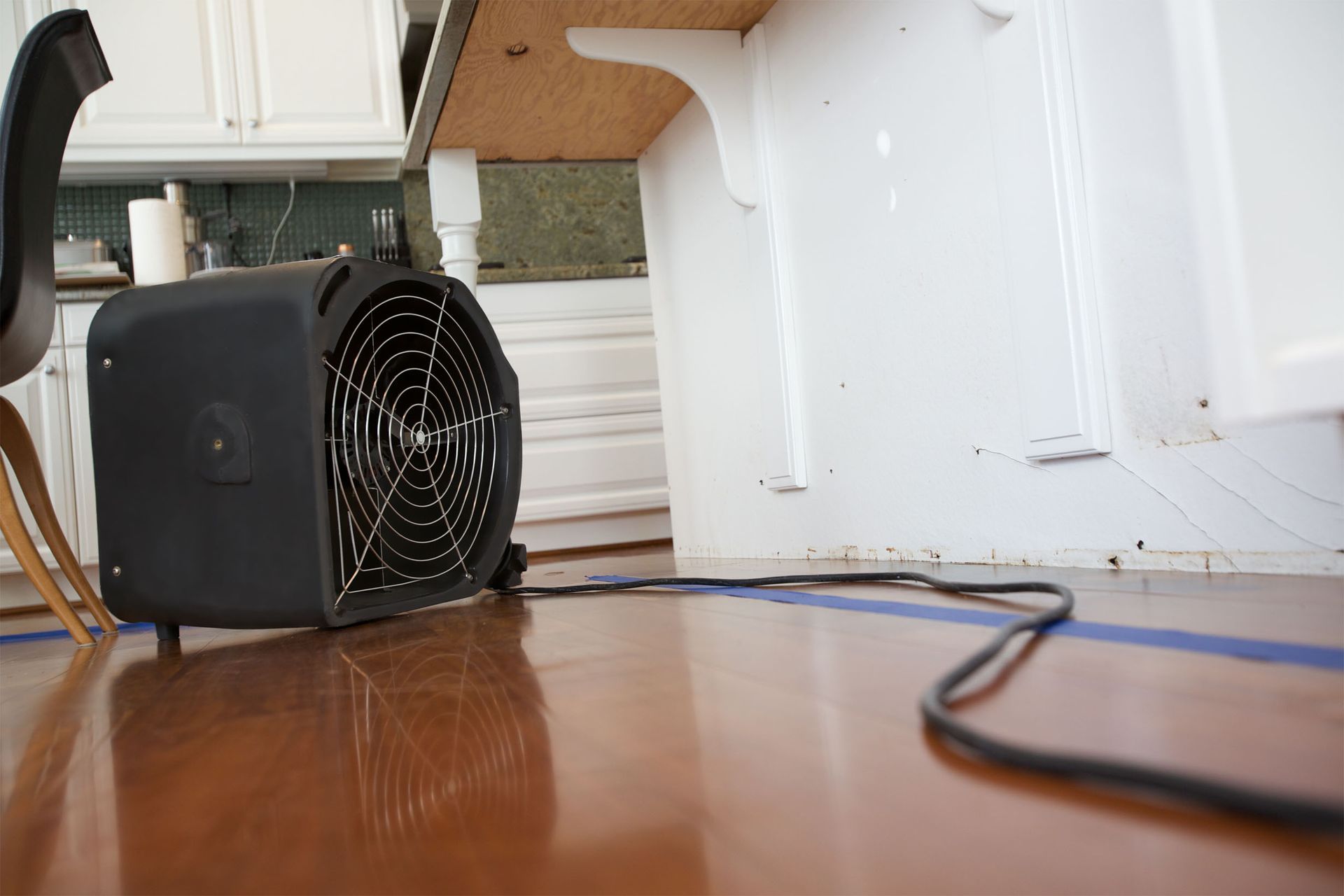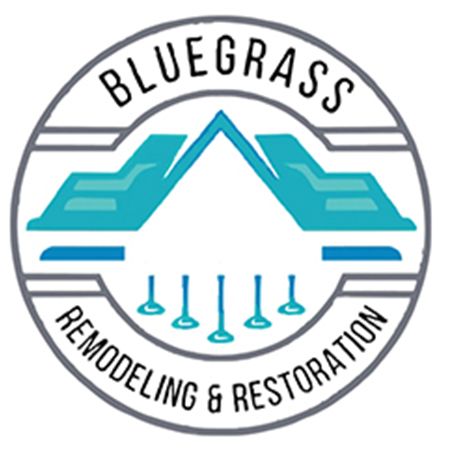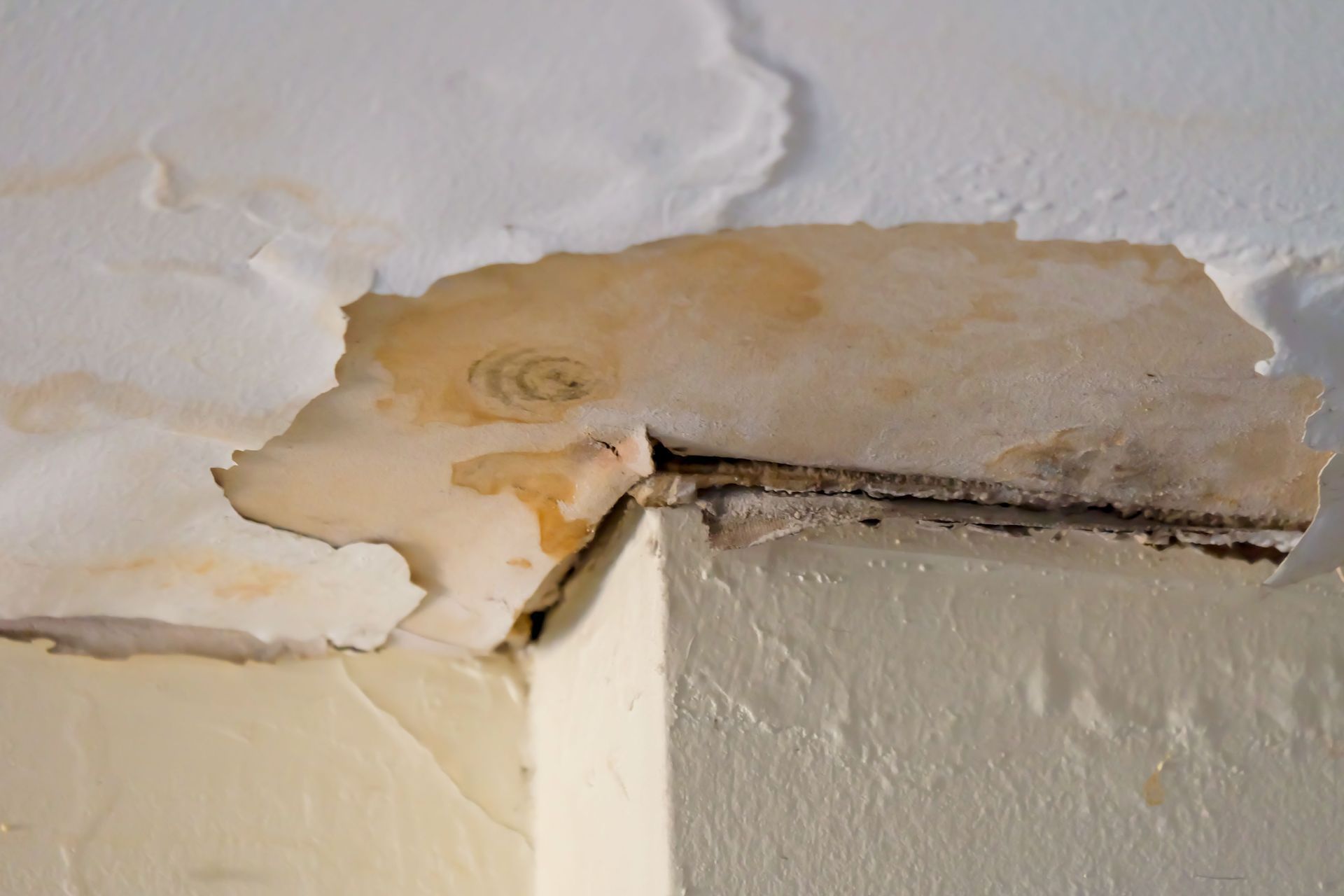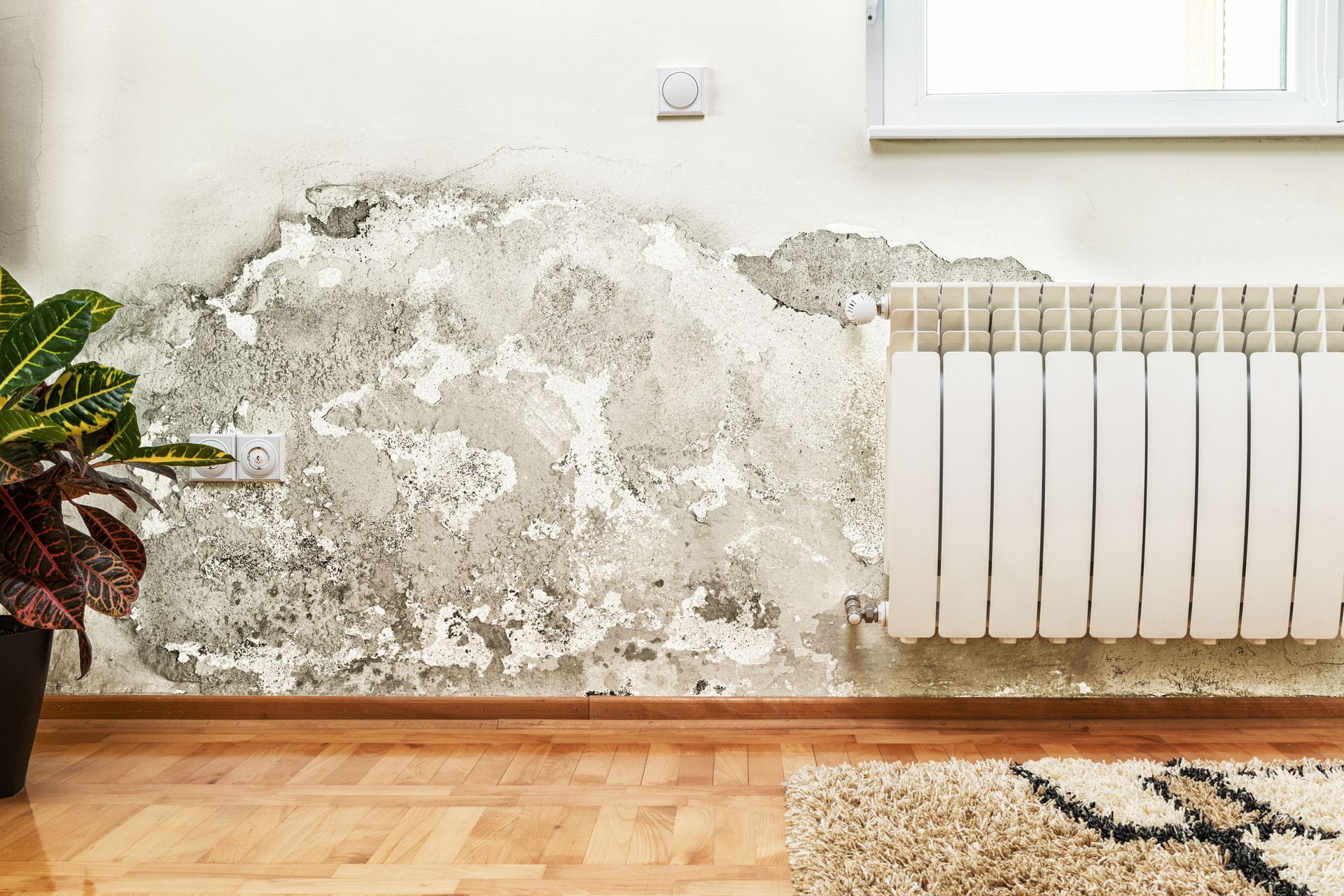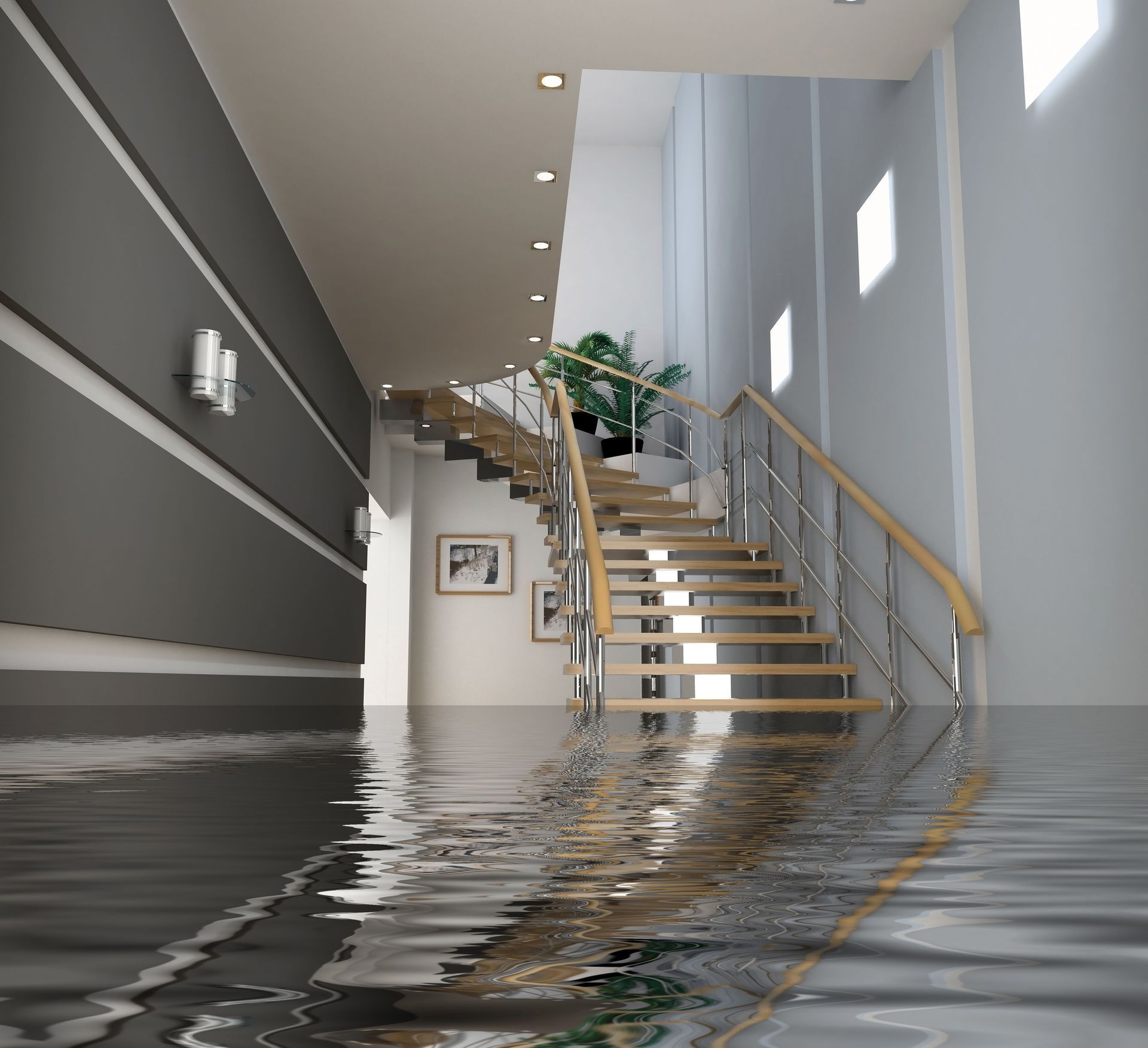November 24, 2025
Floods can wreak havoc on both the emotional well-being of homeowners and the structural integrity of their properties. In the aftermath of such disasters, the path to recovery can seem daunting, and the need for prompt remediation becomes paramount. Initial emotions of stress and despair are often compounded by concerns about health risks and financial implications. Tackling these issues systematically can help overcome the overwhelming chaos. Effective post-flood remediation, guided by experienced water damage companies, can turn the tide back toward normalcy, reducing future risks and ensuring the safety of returned living spaces.
Initial Assessment and Safety Precautions
Before any cleanup begins, a thorough assessment and implementation of safety measures are crucial. Early identification of hazards ensures a smoother remediation process.
Evaluating Structural Damage
After a flood, the first step is evaluating the structural damage sustained by the property. This includes inspecting foundations, walls, floors, and roofs for compromised integrity. Mud and water can weaken structures, causing significant damage that may not be immediately visible. Water damage companies often use specialized equipment to detect hidden issues early, preventing further deterioration and ensuring the home remains safe for residents.
Checking for Electrical Hazards
Electrical systems are particularly vulnerable post-flood. Water can infiltrate outlets, wiring, and fixtures, creating dangerous short circuits or fire risks. Qualified electricians should assess and repair electrical systems, as improper handling can be life-threatening. Prioritizing electrical safety ensures that the restoration process can proceed without unnecessary risks.
Assessing Water Contamination Levels
Floodwaters frequently carry pollutants, including sewage, chemicals, and debris. Water damage companies test for contamination levels to identify hazardous materials. This assessment is crucial not only for structural restoration but also for protecting the health of inhabitants. Proper management of contaminated water prevents long-term issues and sets the stage for safe recovery.
Identifying Health Risks
Standing water and damp conditions create ideal environments for mold growth, bacteria, and viruses. Immediate identification of these health risks allows remediation teams to implement strategies that reduce respiratory hazards and prevent disease outbreaks. Protective measures, such as personal protective equipment (PPE), help safeguard both professionals and homeowners during cleanup.
Implementing Safety Measures
Once hazards are identified, safety protocols should be strictly followed. Containment of affected areas, proper ventilation, and adherence to PPE guidelines minimize the risk of injury or illness. These precautions provide a safe foundation for subsequent remediation steps, ensuring that both personnel and property remain protected.
Water Extraction and Drying
Removing standing water quickly is essential to limit damage and prepare the property for restoration.
Selecting the Right Pumping Equipment
Choosing the correct pumping equipment ensures efficient water removal. Submersible pumps are ideal for shallow flooding, while more powerful pumps handle deeper water. Prompt water extraction is critical, as just 1 inch of water in the typical home can cause up to $25,000 worth of damage, according to FEMA and the National Flood Insurance Program. Water damage companies emphasize this step to prevent further structural deterioration.
Utilizing Industrial Dehumidifiers
After bulk water removal, industrial dehumidifiers remove residual moisture from air and building materials. These units reduce the risk of mold growth, protect structural integrity, and accelerate drying times. Strategic placement ensures optimal airflow and moisture reduction.
Managing Humidity and Mold Growth
Lingering humidity can lead to mold growth within 48 hours. Constant monitoring, combined with proactive dehumidification, prevents spores from spreading. Professional remediation ensures that mold is safely and completely removed, protecting both the property and occupant health.
Monitoring Moisture Levels
Moisture meters and infrared imaging reveal hidden damp areas. Accurate monitoring allows water damage companies to adjust drying techniques, preventing future structural damage and mold infestations.
Disposing of Water Debris Responsibly
Contaminated materials, such as furniture and carpeting, must be disposed of according to safety regulations. Water damage companies ensure that debris is handled responsibly, protecting both residents and the environment.
Cleaning and Sanitization
After drying, cleaning and disinfecting the property is essential to remove residual contaminants and restore a safe living space.
Identifying Contaminated Surfaces
Floods leave behind bacteria, chemicals, and debris on both visible and hidden surfaces. Identifying contaminated areas helps establish a focused cleaning plan, ensuring no hazards are overlooked.
Choosing Effective Cleaning Agents
Professional-grade detergents and disinfectants are essential to tackle pathogens and mold effectively. Eco-friendly options minimize environmental impact while maintaining thorough sanitization, ensuring that the property is safe for habitation.
Techniques for Deep Cleaning
Deep cleaning involves methods such as pressure washing, steam cleaning, and antimicrobial treatments to reach porous materials and crevices. These techniques ensure comprehensive removal of contaminants and safeguard the health of residents.
Disinfecting Mold-affected Areas
Mold poses ongoing health risks. Containment, anti-fungal treatments, and HEPA vacuuming prevent spore spread and recurrence. Professional intervention ensures complete remediation and preserves structural integrity.
Preventative Measures for Future Contamination
Flood prevention strategies, such as waterproofing basements, sealing cracks, and maintaining proper drainage, reduce the risk of future water intrusion. Water damage companies often recommend regular inspections to reinforce these measures, protecting homes from repeat damage.
Repair and Reconstruction
Structural repairs, interior restoration, and system replacements restore homes to pre-flood condition while enhancing resilience against future incidents.
Evaluating Structural Repairs
Post-cleanup assessments identify areas needing repair. Structural engineers and contractors ensure walls, roofs, and load-bearing elements are restored for safety and longevity.
Addressing Plumbing and Electrical Systems
Floods can compromise plumbing and electrical systems. Certified professionals assess and repair these systems, preventing hazards and ensuring habitability.
Restoring Interior Finishes
Damaged flooring, drywall, and ceilings are replaced or restored with durable materials. Attention to both aesthetics and flood resilience ensures long-lasting results.
Ensuring Compliance with Building Codes
Adhering to building codes ensures safety, legality, and protection against liability. This includes following flood-resistant construction standards and inspection requirements.
Collaborating with Professional Contractors
Experienced contractors guide the restoration process from assessment to completion. Water damage companies coordinate with trusted professionals to streamline repairs and guarantee quality results.
Insurance and Financial Considerations
Managing the financial aftermath is essential to a full recovery.
Documenting Damage for Claims
Comprehensive documentation, including photos and receipts, supports insurance claims. Proper records maximize compensation and reduce delays.
Understanding Insurance Policies
Knowledge of flood insurance coverage helps homeowners navigate claims effectively. Consulting professionals clarifies ambiguities and ensures fair settlements.
Exploring Financial Assistance Programs
Government grants and low-interest loans may help cover costs not included in insurance policies. Early research and application increase the likelihood of receiving aid.
Negotiating with Insurance Adjusters
Working with adjusters or public claims specialists ensures accurate assessment of damages. Effective negotiation can significantly improve financial recovery outcomes.
Budgeting for Uninsured Expenses
Homeowners should prioritize repairs and essential needs while managing costs. Professional advice may help structure a recovery budget for financial stability.
Emotional and Community Support
Flood recovery includes addressing mental health, social connections, and community rebuilding.
Coping with Stress and Trauma
Therapy, counseling, and support groups provide strategies to manage post-flood stress and anxiety. Emotional care is as critical as physical restoration.
Finding Support Networks
Local organizations, online groups, and community centers offer shared experiences and guidance. Connection with others facing similar challenges eases the recovery process.
Rebuilding Community Bonds
Collaborative recovery initiatives strengthen communal ties and foster resilience. Working together creates a network of support for future events.
Engaging in Volunteer Efforts
Volunteering helps both individual and community healing. Participation in restoration projects promotes purpose, connectedness, and collective recovery.
Planning for Resilience and Prevention
Preparedness initiatives, including flood-resistant construction and emergency plans, minimize future risks. Communities and homeowners benefit from proactive strategies that protect life and property.
Post-flood remediation is a complex process that combines structural repairs, financial management, and emotional support. From rapid water extraction to cleaning, repair, and prevention strategies, working with professional water damage companies ensures an effective recovery. Homes and communities can be restored and fortified for the future when each step is handled systematically. Prioritizing safety, documentation, and emotional wellbeing helps families emerge resilient from flooding events. For reliable, expert service in all stages of flood recovery, trust Bluegrass Waterproofing Restoration to protect your home and restore peace of mind.
